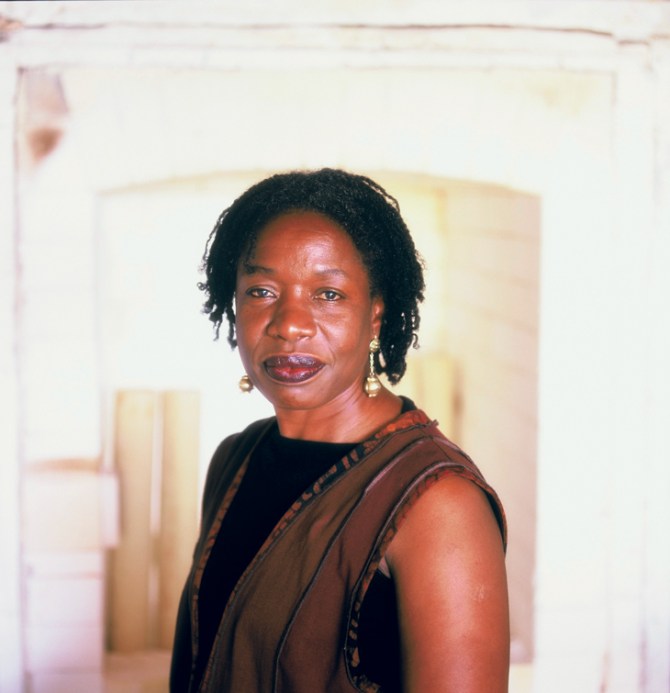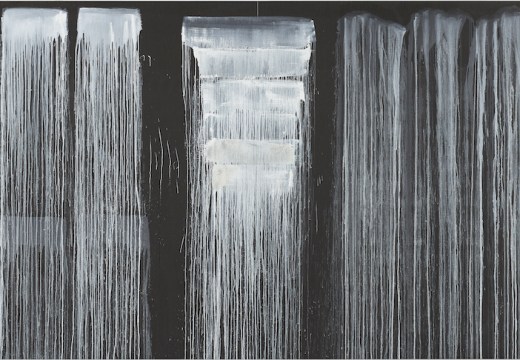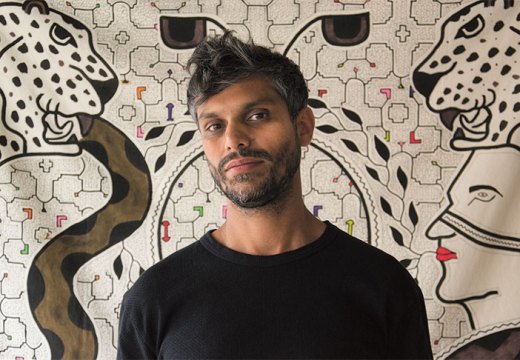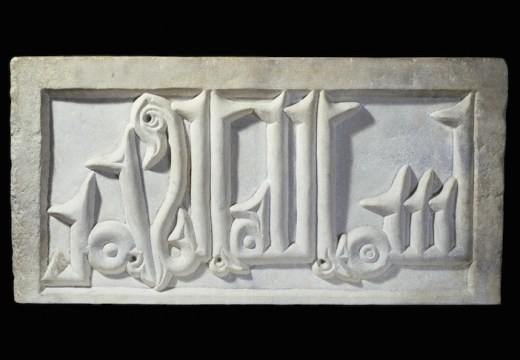The ceramic artist Magdalene Odundo has curated an exhibition at the Hepworth Wakefield that reveals the breadth of her influences, from the ancient to the modern. Museums have always inspired her work, she tells Apollo.
This exhibition is titled ‘Magdalene Odundo: The Journey of Things’.
What can you tell us about that journey?
It’s an appropriate title but I can’t claim that I thought of it. Andrew Bonacina
[chief curator of the Hepworth Wakefield] came up with it, after he discovered that the gallery has one of the very early pieces that I made. I had totally forgotten about it. Every time I was asked which museum was the first to buy my work I would say the British Museum – but that was during my last year at the Royal College of Art [1982], whereas the Wakefield piece goes back to 1976 or ’77.
The exhibition tells a story of the journey I’ve been on so far with my work. It acknowledges the fact that museums have played a very big part in my education and my thinking. History has also played an important role in my artistic search, enabling me to discover my cultural heritage. Whether I’m looking at what is contemporary, or looking at the world while I’m walking, or looking at other art, landscapes, or whatever’s in front of me, I’m looking at history – and at the human need to make things and to become part
of a history of being human.
There are some 50 of your pieces in this exhibition, as well as scores of objects selected from the Hepworth’s collection and other museums. How easy is it to trace direct correspondences between your own works and the other objects?
I don’t think my works reflect a direct take, or a direct replication of what I’m looking at. When I’m looking at a small clay figure from ancient Egypt or classical Greece or an early Nok piece from West Africa, I won’t be thinking that I’m going to remake that object. I draw nuances, I abstract notions and feelings from what I’m looking at and try to think it out when I’m making.

Magdalene Odundo. Photo: Robert Walker
Do you draw in museum galleries?
I’m a lot lazier these days, but when I was younger – like every other artist – I walked around with a sketchbook. I still haven’t learnt to use my phone very well. I prefer to draw and sketch. This is a much better form of visual language for me. Sometimes I just go into an environment like a museum to daydream.
When I’m actually making, I’m trying to capture something. I start off with an idea that I’ve been drawing – I tend to work in series – and the works never manifest themselves like they do on paper. A lot of it is my heart, my gut and my head all working together, especially when I’m actually working on capturing the essence of what I’m trying to say in that piece. Sometimes I’m on tiptoes trying to will the piece to get taller, or have my hands on my hips or my waist because I’m trying to constrict it, like a corset.
The exhibition includes pots from the British studio ceramics tradition, from Africa and South America, and from a range of ancient civilisations. Are ceramicists inevitably historians of their own medium?
I think so, because clay as opposed to, say, a piece of stone or wood that you’re going to carve is very fluid, pliable and plastic, so it can do all sorts of things. If you’re working on a charger and you put on too much slip it will disintegrate, or if you fire it too early it will crack. I think a lot of ceramicists, a lot of potters, do tend to make references to past work. We work very close to the history of who we are.
How important was that type of technical knowledge for you?
I’m a product of having first trained in commercial art – layout art and all that – and then going to art school and discovering the art of clay much later. I went around learning traditional ways of making work and then mechanical ways – on a wheel and slipcasting – and then deciding when I went to the Royal College of Art to concentrate on hand building. It allowed me to extemporise more, and to extract and abstract what I wanted in terms of feelings, rather than focusing on production.
I want people to take away from the exhibition the love of material in my work, the notion that actually making things comes from years of practice. There’s complexity in reaching a status where you can actually be more fluid. I wish I could say that I’ve made the perfect piece – if I’d done that, I probably would have stopped making years ago.
Your work is sometimes described as sculptural, not least in its allusion to the human figure. How did you select the sculptures that will be included here, which range from Cycladic pieces to modern works?
Partly because they were available, but also because they reflect areas that I have looked at right through my training and making. In the 1970s, art school was all about being immersed in artistic activities. I went to the University for the Creative Arts when it was West Surrey College of Art and Design – and the week would be divided between three days in the studio, one day of art history and one of classics. It was a much broader way of teaching art that I really appreciated, especially having made the decision to come to England.
This exhibition largely looks at historical influences on your work. How far has teaching also been a type of research for you?
It’s been the best research for me, I think. I’ve probably learnt a lot more from working with others, especially students, than I’ve given. In helping students that I have worked with, I was resolving my own problems, too. The best thing is working with children. When I worked at the Commonwealth Institute, the kids would be really interesting – they were a lot more pliable and plastic, like the clay.
There seems to be a revival of serious interest in ceramics in museums in the UK at the moment. Is the sense of where they sit in relation to other art forms changing?
Academically, perhaps. There’s also a notion that clay has become popular because it’s now used by so many people who are trained in other disciplines. Many artists in recent times have made clay central to their practice. Most major museums with historical content inevitably display work in clay. It’s always been the material that has informed the history of humankind.
‘Magdalene Odundo: The Journey of Things’ is at the Hepworth Wakefield, Yorkshire from 16 February to 2 June.
From the February 2019 issue of Apollo. Preview and subscribe here.
Unlimited access from just $16 every 3 months
Subscribe to get unlimited and exclusive access to the top art stories, interviews and exhibition reviews.














![Masterpiece [Re]discovery 2022. Photo: Ben Fisher Photography, courtesy of Masterpiece London](http://www.apollo-magazine.com/wp-content/uploads/2022/07/MPL2022_4263.jpg)
Why are fathers so absent from art history?